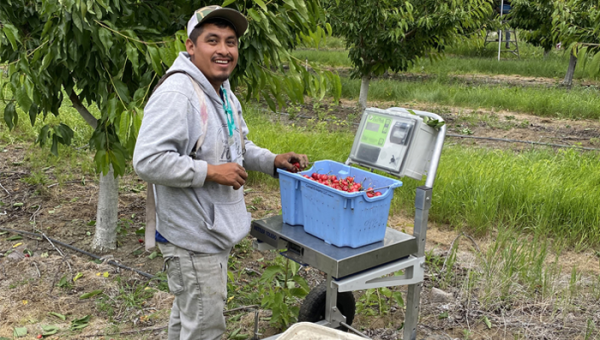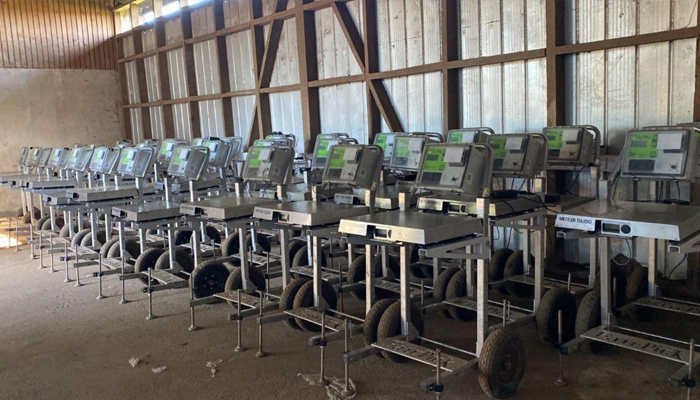There are a few different ways to pay harvest workers, and the best way will depend on several factors, such as the type of crop being harvested, the location of the farm, and the size of the farm. There are three options that seem to work the best. Paying by piece, paying by hour, or a combination of both.
Is it Paying Piece Wage?
First, we’ll dive into paying by piece, which is the driving force for some of our labor tracking solutions such as FairPick and FairTrak. This can be a good way to motivate workers to work harder, but it can also lead to workers feeling exploited if they are not paid enough for their work, which is why it is crucial to set appropriate rates for each respective task that they are getting paid by piece.
Luckily, with 2nd Sight’s online portal capabilities administration can specifically set up piece rates for every single task that an employee may be doing on the farm. Additionally, it also allows administrators to retroactively adjust those rates at any given time if the employees are struggling with productivity or you would like to increase their pay for that given item or time frame. When paying by piece our system ensures that those employees will always be making at least minimum wage even if they do not make over minimum wage via piece rate.
What About Paying Hourly Wage?
Next, let’s talk a little about straight up hourly pay. Hourly pay allows the employer to set given rates for each respective task. The hourly rate is effective because you can pay workers different hourly rates by the task, but one thing that it does not track well compared to piece rate is you cannot track productivity well. You can have an employee doing half the work as another employee while getting paid the same amount, which can be extremely discouraging for the hard-working employee. The hourly rate does not provide the incentive to work harder when compared to piece wages.
Can We Combine the Two?
Does piece wage sound like a good idea, but you don’t want to deter from hourly? How about just paying your employees a combination of the two. For example, workers might be paid a piece rate for the first few hours of work, and then an hourly wage for the remaining hours. Another combination option would be paying your workers hourly, with a piece rate bonus. This can be a good way to motivate workers to work hard and produce more, while also ensuring that they are paid a fair wage.
Resolution
Ultimately, the best way to pay harvest workers is the way that best meets the needs of the farm and the workers, while ensuring that they are paid fairly and accurately, that all legal requirements are met, and that clear instructions are provided to avoid any misunderstandings. There is no one-size-fits-all answer, and the best approach will vary depending on the specific circumstances.



